Mediterranean Monk Seal: Meet This Protected Seal Species Thriving in Greece
Vacationing in Greece sometimes allows us to catch a glimpse of a seal, and if we are exceptionally lucky, we might even spot the Mediterranean monk seal, a species that is the most endangered and numbers only 400 individuals in the world. In the text, find out why this species is endangered and what we can do to prevent it from disappearing completely.
What is the Mediterranean Monk Seal and how do they differ from other seals?
The Mediterranean Monk Seal (Monachus monachus) is a species of seal belonging to the group of mammals known as pinnipeds. The Mediterranean Monk Seal is one of the largest species of seals in the world. Adult seals can reach a length of 2.8 meters and weigh up to 300 kilograms. Their body is shaped like a torpedo, making it easier for them to move in water. Mediterranean Monk Seals do not have external ears, but small acoustic openings and long, smooth whiskers that help them sense their surroundings. They are distinguished from other seal species by their size, color, and much shorter fur. Young and adult seals have fur that is usually black, brown, or silver-gray on their backs, and lighter on their stomachs. Adult seals have scars that result from encounters with other animals, which scientists use to identify individual seals.
Interesting Facts about the Mediterranean Monk Seal that parents can share with their children:
- Seals have existed on the planet for 20 million years. The Mediterranean species evolved during this truly long period of evolution.
- Skilled Swimmers: Mediterranean Monk Seals are such skilled swimmers that they can swim faster than sharks, reaching speeds of up to 20 km/h in short bursts!
- Diet: These seals consume up to 3 kg of food per day, which helps them stay strong and healthy.
- No Natural Predators except Humans: Mediterranean Monk Seals have no natural enemies, except humans who have nearly exterminated them.
- Three Species: There are three species of monk seals: Mediterranean, Hawaiian, and Caribbean, with the Caribbean species becoming extinct in the 20th century.
- Earless: Monk seals are the only seals without external ears that live in tropical climates.
- Short Fur: The Mediterranean Monk Seal likely has the shortest fur of all seal species.
- Deep Divers: They can dive to depths of 250 meters (around 820 feet), where they search for food and explore their world.
- Habitat: Their favorite habitats include inaccessible shores and isolated islands, where they can easily retreat and give birth to their pups on land (in cracks on the shore).
- Pups: Monk seals mate in the water and pregnancy lasts about 9 to 11 months, after which one pup is born on land. The pup is nursed with mother’s milk for up to 5 months, which is the longest compared to other seal species.
- Pup Care: During nursing, mothers do not fast and often leave the pups unattended in caves in search of food, unlike Hawaiian monk seal mothers who are constantly with their pups.
- Birth Period: Most pups are born in October, but it can be generally said that the birthing season ranges from April to November.
These interesting facts can help children learn more about these marvelous animals and their significance for the ecosystem.
How many of them are left in the world, and how many in Greece?
On a global scale, it is estimated that there are only about 700 individuals of the Mediterranean Monk Seal left, with over 400 living in Greece.
Greece represents the main habitat for this endangered species, with the largest number of individuals in the northern Sporades and the area of the Kimolos-Polyaigos islands.
Recently, a seal was spotted near Nikiti, and many assume it is indeed the Mediterranean Monk Seal. You can see it on the following link.
- In the Madeira archipelago in the Atlantic Ocean, a small group of around 40 Mediterranean monk seals live.
- On the Cabo Blanco peninsula, located on the coast of northwest Africa, there is a colony of around 220 seals. In 1997, a significant mortality event reduced the number of seals by two-thirds, and this colony has only partially recovered.
- Along the coasts of Morocco and Algeria, a small group, probably less than 20 seals, live. Due to lack of monitoring and protection, the survival of these seals is not secure.
- Recently, seals have been recorded in Israel, Libya, Cyprus, Croatia, and Italy. This is a good sign that seals may be returning to their former habitats.
Locations where Mediterranean Monk Seals are found in Greece:
- Northern Sporades: Alonissos National Marine Park
Estimate: over 50 individuals
Carefully monitored by the MOm organization since 1988.
- Around the Kimolos-Polyaigos islands: Estimate: additional 50 individuals
- Northern Karpathos and Saria islands: Estimate: around 25 individuals
- Ionian islands: Zakynthos and Kefalonia
- Gyaros Island (Northern Cyclades): Largest population discovered in recent years.
Estimate: around 60 individuals (approximately 12% of the global population).
This island has been declared a Natura 2000 area, making it crucial for species preservation.
Why are these seals the most endangered species in the world?
Reasons for the endangerment of the Mediterranean Monk Seal:
Intentional Killing: According to necropsy data in Greece, intentional killing is the most common cause of death among Mediterranean Monk Seals, with over 50% of recorded deaths in adult individuals.
Entanglement: Accidental entanglement in fishing nets poses a serious threat. This situation accounts for over 46% of deaths in young monk seals.
Overfishing: Overexploitation of marine resources leads to food scarcity, negatively impacting the reproduction and survival of pups.
Habitat Degradation: Increased human activity in coastal areas degrades habitats, altering the behavior of seals and reducing their chances of survival.
Pollution: Elevated pollution levels in the bodies of Mediterranean Monk Seals in Greece pose a significant threat to the species’ survival.
Poisoning and Diseases: Mass die-offs caused by viruses or biotoxins present a chronic risk, given the very small population size.
These factors collectively contribute to the endangerment of the Mediterranean Monk Seal and pose a serious threat to its survival.
What should I do if I spot a monk seal in Greece?
If you are fortunate enough to see a monk seal during your stay in Greece, it is important to maintain a safe distance and not disturb it.
Report your sighting to local authorities or wildlife protection organizations, such as MOm (Hellenic Society for the Study and Protection of the Monk Seal), so they can monitor and protect this endangered species.
Tel.: +302105222888
Fax: +302105222450
email: info@mom.gr
Whether we recognize it as the Mediterranean Monk Seal or another seal species, here is a guide on how to react .
Which law protects this species and what efforts are being made in Greece for its conservation?
The Mediterranean Monk Seal is protected by laws of Greece, the European Union, and the world, which prohibit their killing and the endangerment of their habitats.
In the EU, the protection of the Mediterranean Monk Seal (Monachus monachus) is covered by the Habitats Directive (Directive 92/43/EEC), which includes this species in Annexes II and IV. Annex II requires the establishment of protected areas (SAC) for key species habitats, while Annex IV mandates full protection throughout the EU, regardless of habitat location. These rules are applied to prevent any harm, disturbance, or killing of individuals and also include mandatory conservation of their habitats.
Monk Seal Alliance
In Greece, organizations such as MOm work on monk seal conservation through research, public education, and the establishment of protected marine areas. Their efforts are crucial for the survival of this species, and every visitor can contribute to their preservation through responsible tourism and support for local initiatives.
Recent Story of a Pup Rescued by Locals and Now Recovering
In recent news, residents of a Greek island found a monk seal pup that was left unattended. With the support of local environmental organizations, they managed to rescue it and provide the necessary care. The pup is now recovering and is expected to return to nature soon, confirming the importance of the community in preserving these beautiful animals.
Monk Seals in Ancient Greek Literature and Art
Monk seals were known in ancient Greece, where they were often mentioned by poets and philosophers. Aristotle, the father of zoology, was the first to scientifically describe this species, while images of them have been found on ancient coins and vases from the 6th century BCE. These references attest to the importance of monk seals in the daily life and culture of the Greeks, as well as their status as symbols of the marine wealth of the Mediterranean.
We are always here to help you explore Greece! Follow us for the latest information, useful tips and authentic experiences to spend an unforgettable vacation in Greece!
We offer over 3,000 accommodations. Choose the right one for you and your family HERE.
Follow us on social networks where we regularly share exclusive offers, discounts and special arrangements for vacations in Greece as well as information, advice and useful news.
Facebook:Nikana.gr
Instagram: @nikana.gr
Tiktok: nikana.gr
Facebook grupa: Live from Greece
YouTube kanal @NikanaTravel
Write to us at e-mail: nikana@nikana.gr
Our site nikana.gr is the leading source of information about Greece.

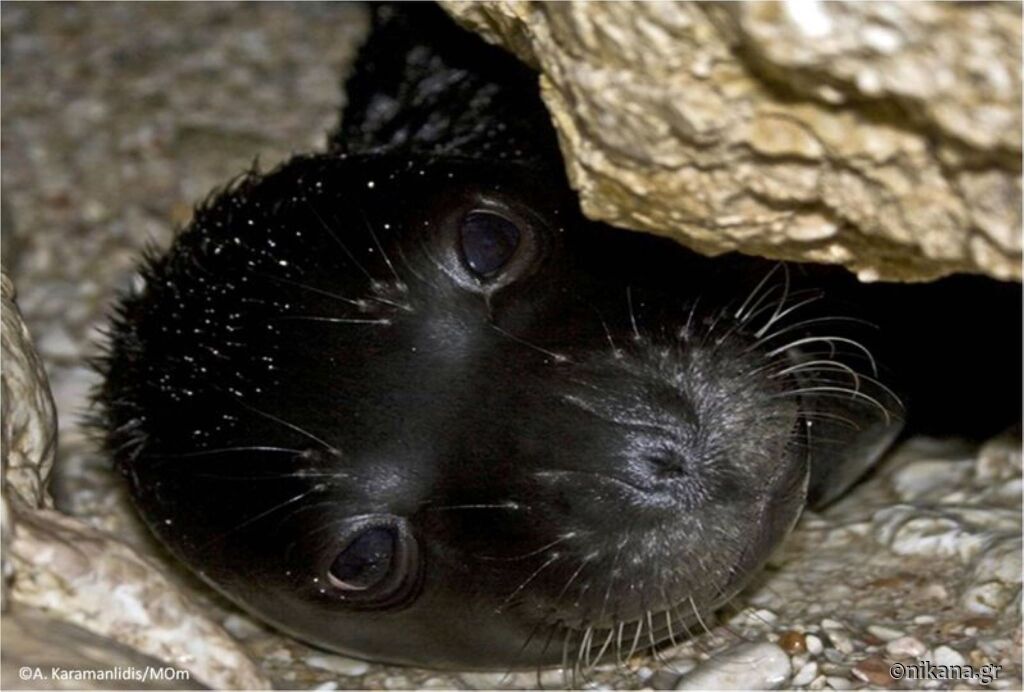
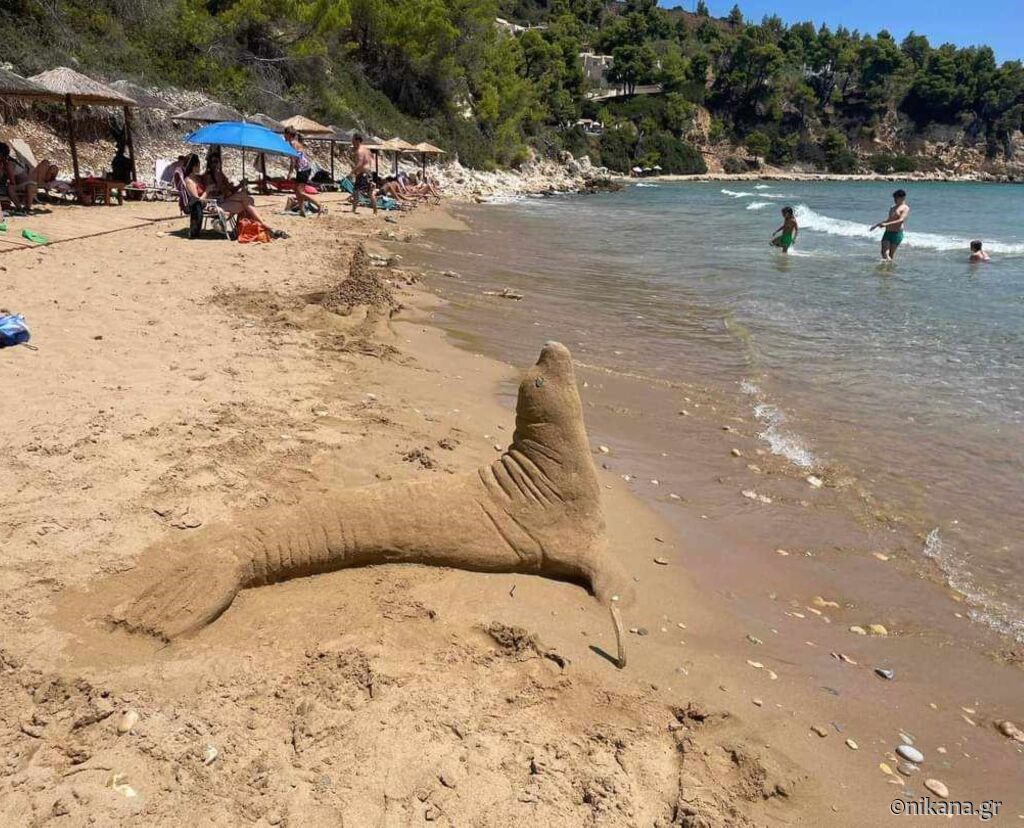
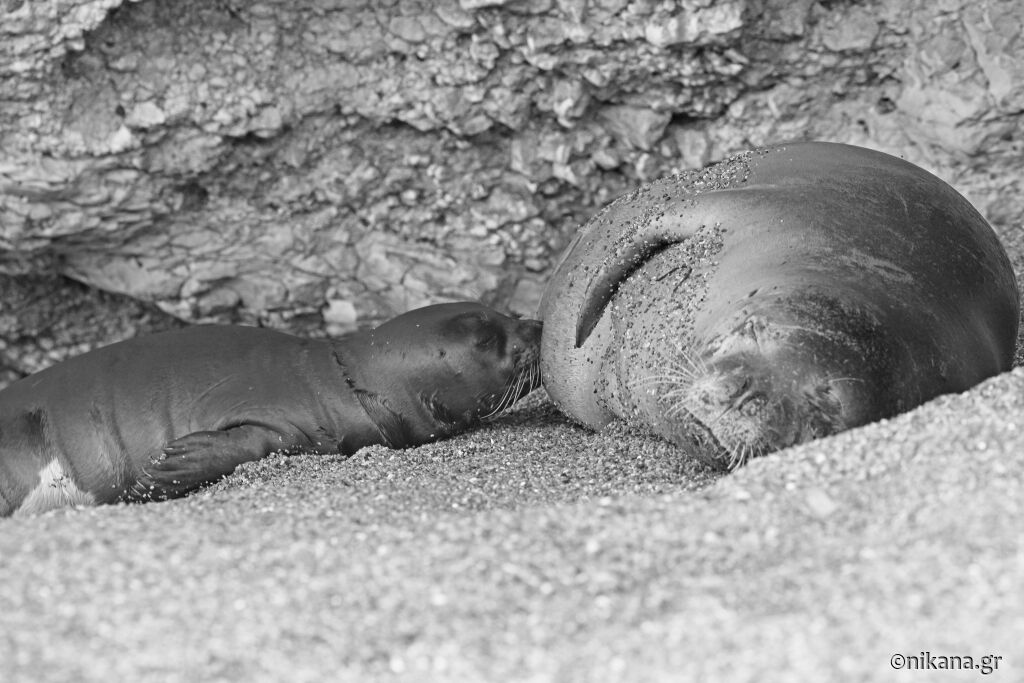
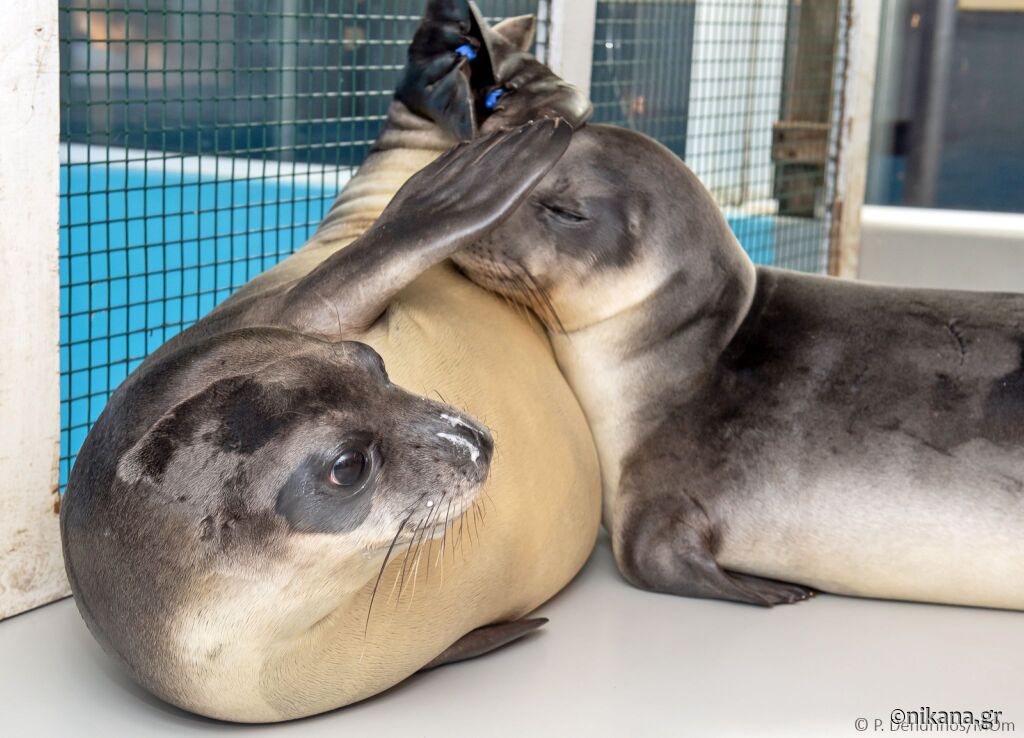
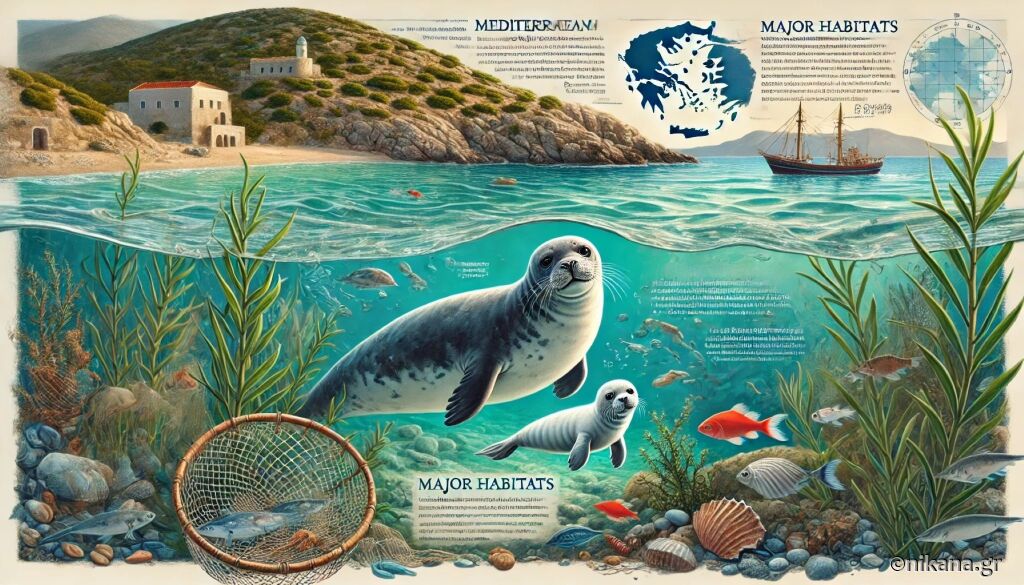
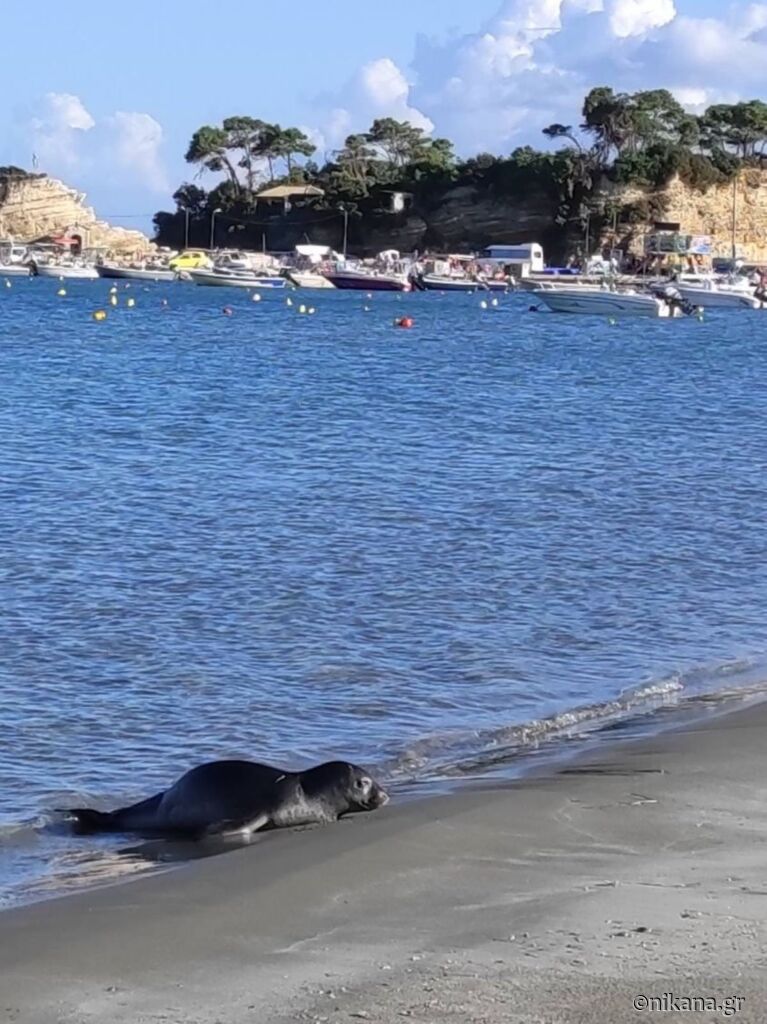
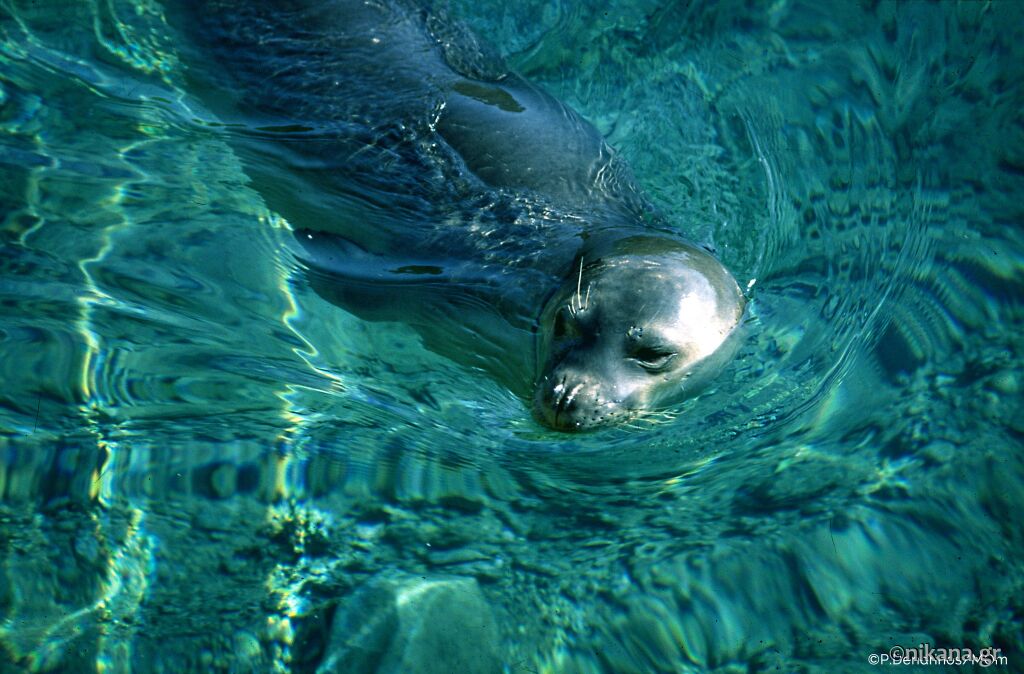
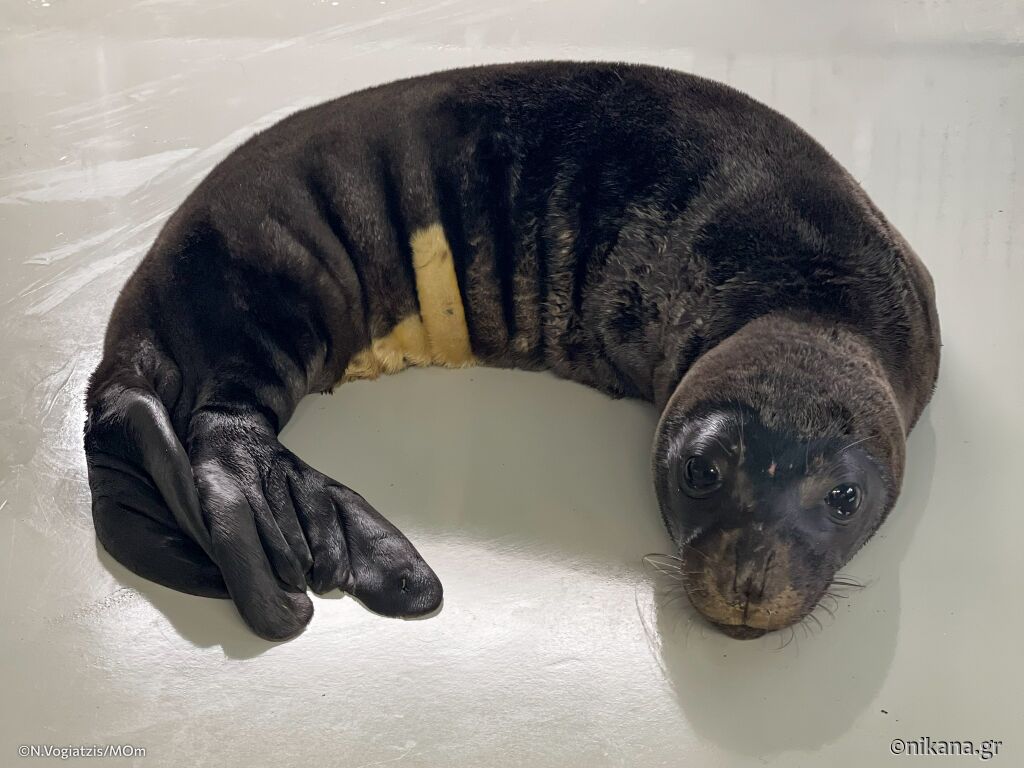
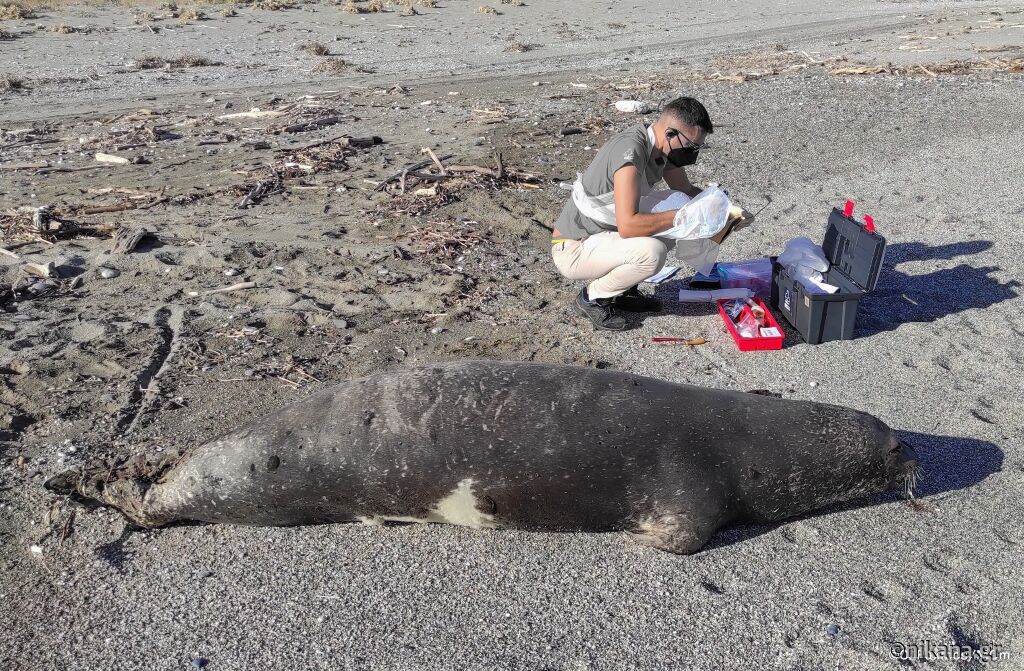
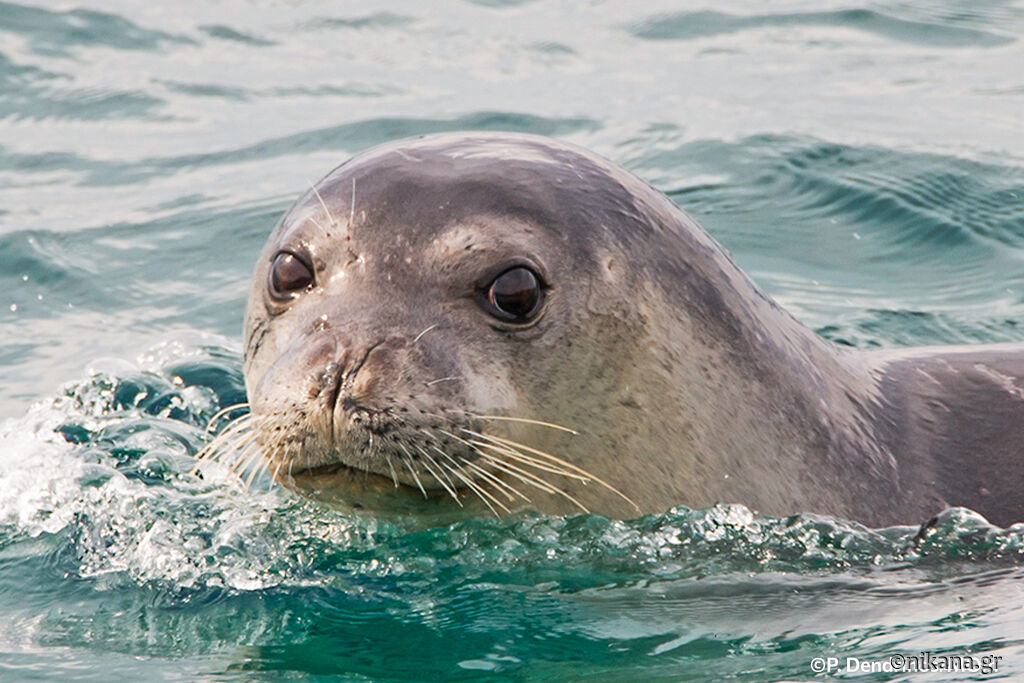














Post a Comment
NOTE
All your questions in the comments will receive an answer via email so check your inbox shortly after you posted comment. For more detailed questions and responses, contact us via mail nikana@nikana.gr.